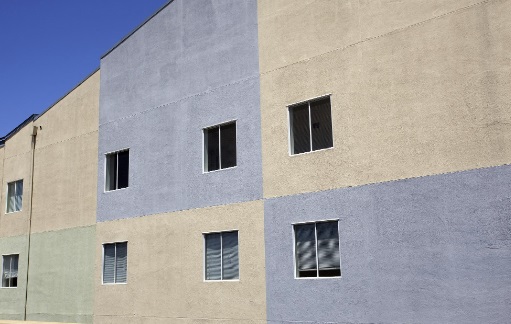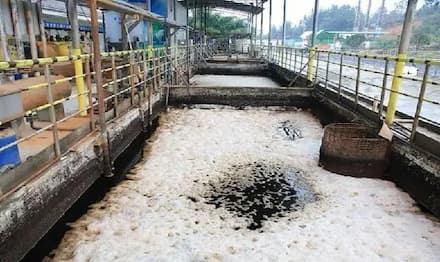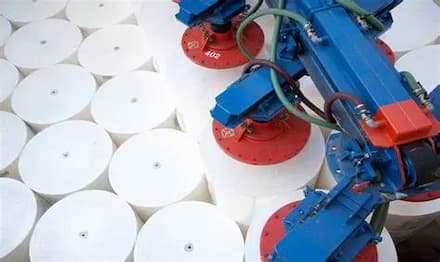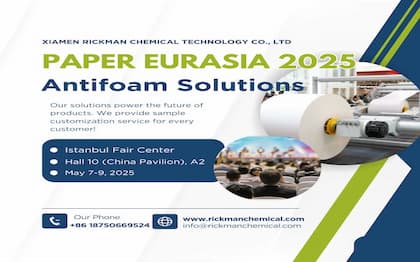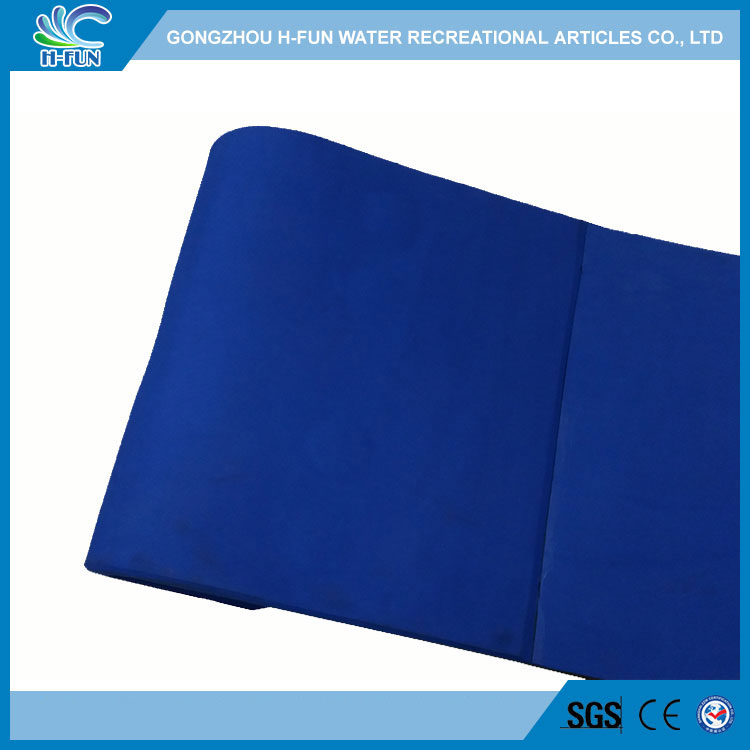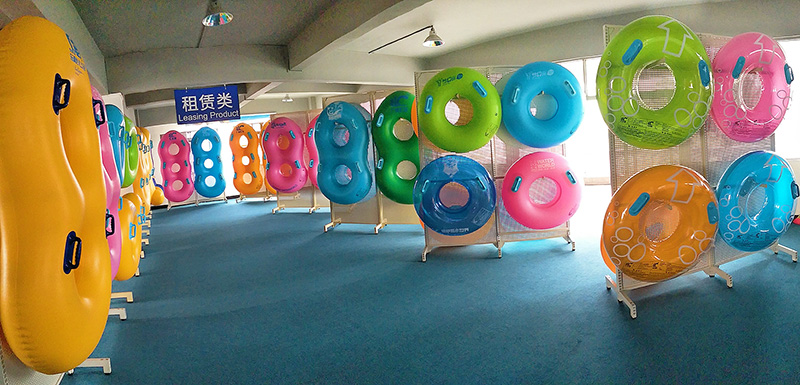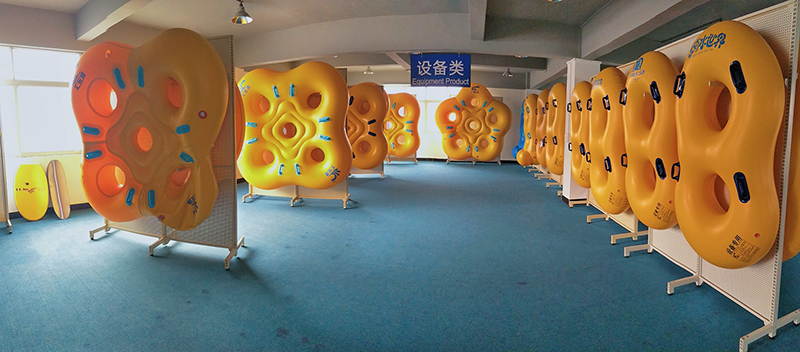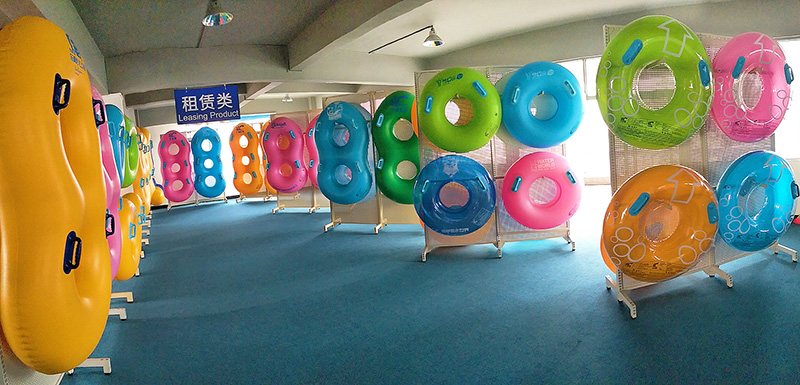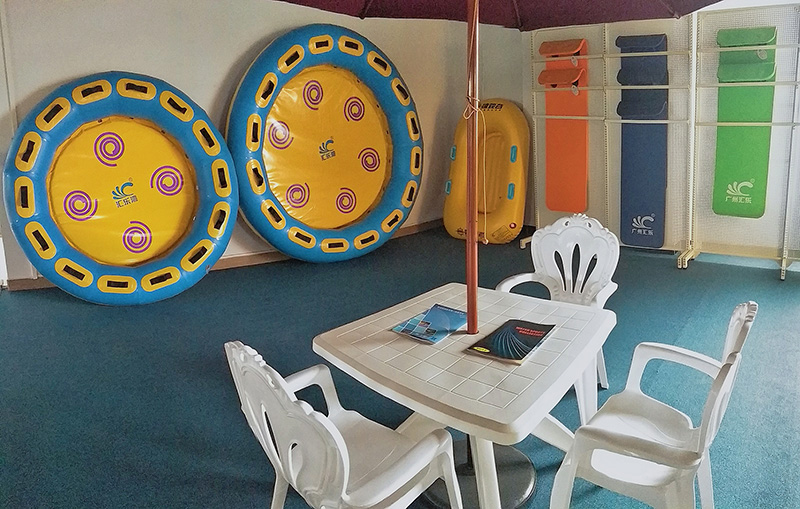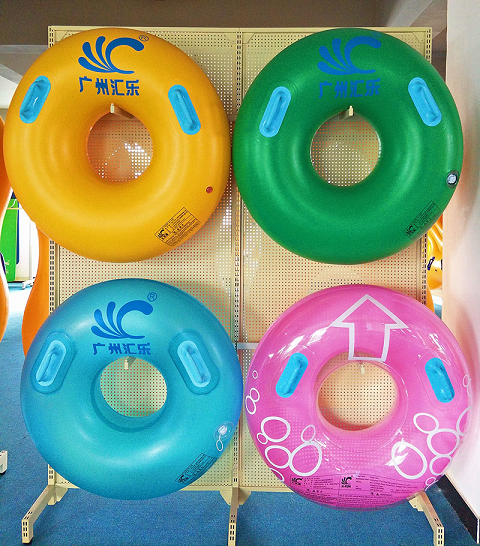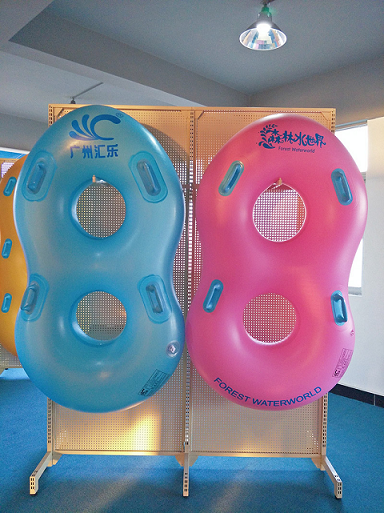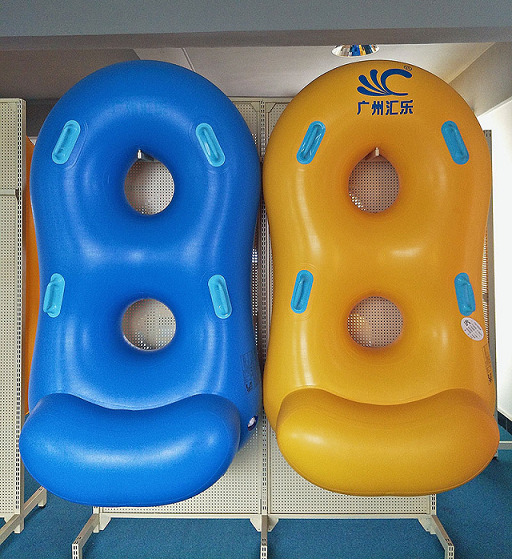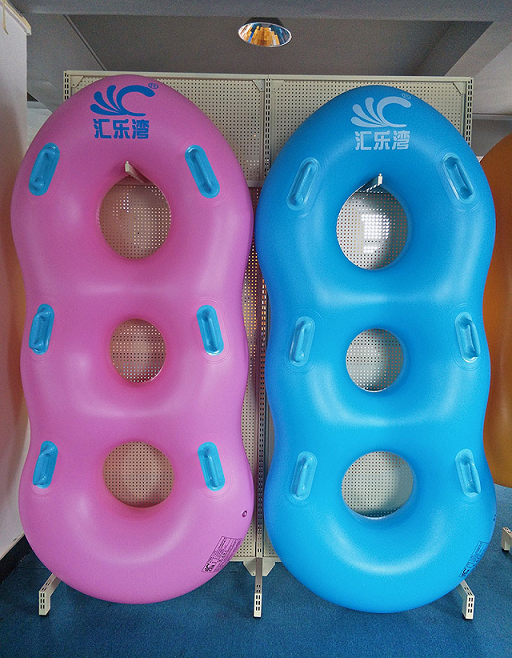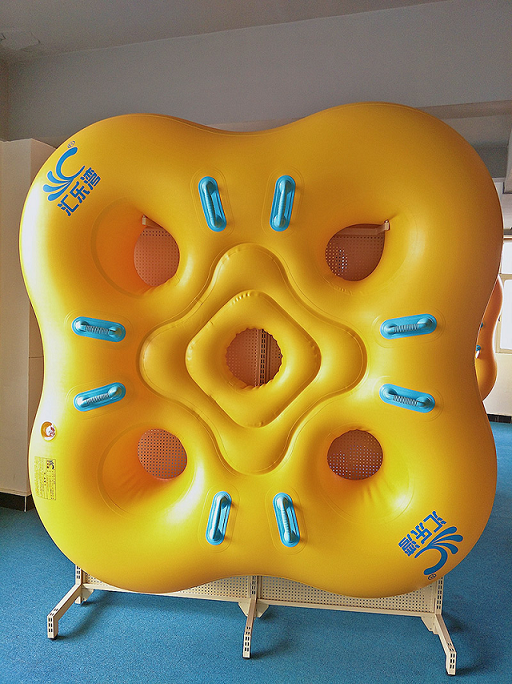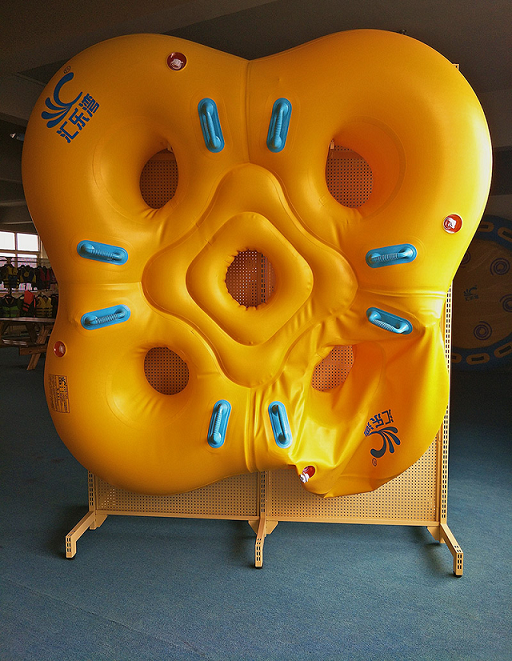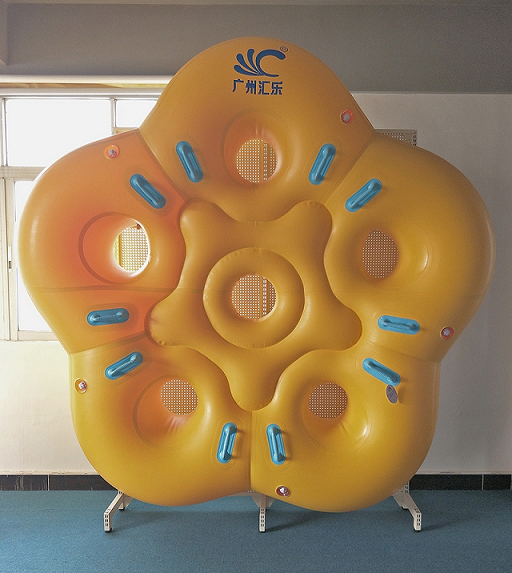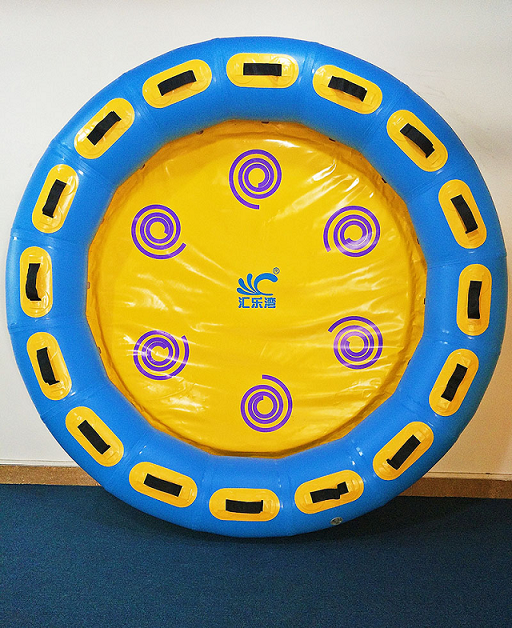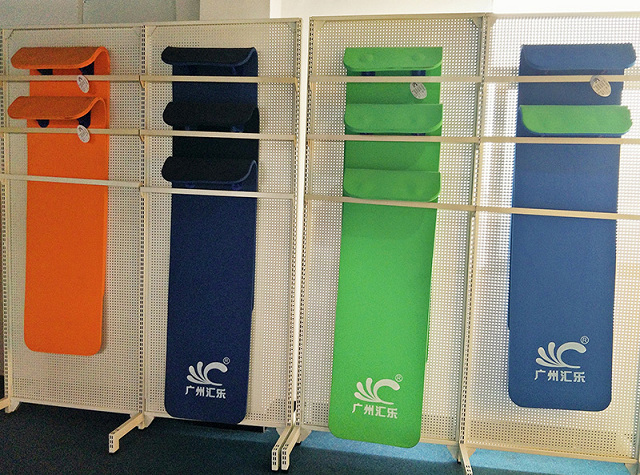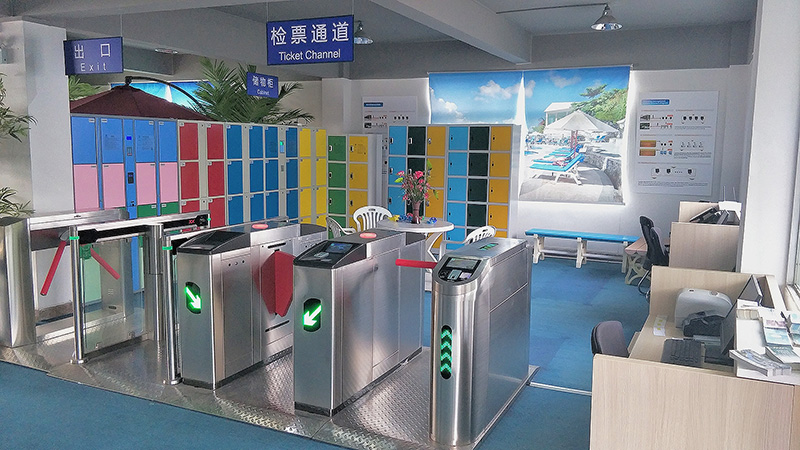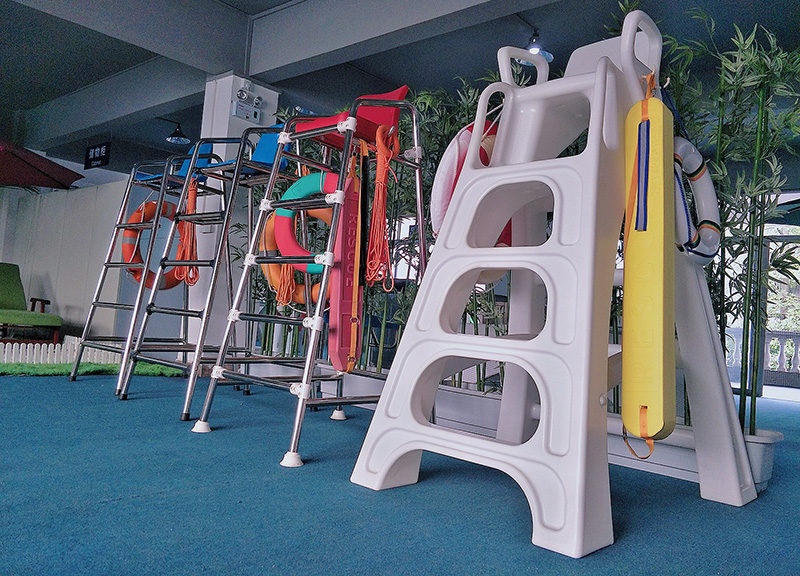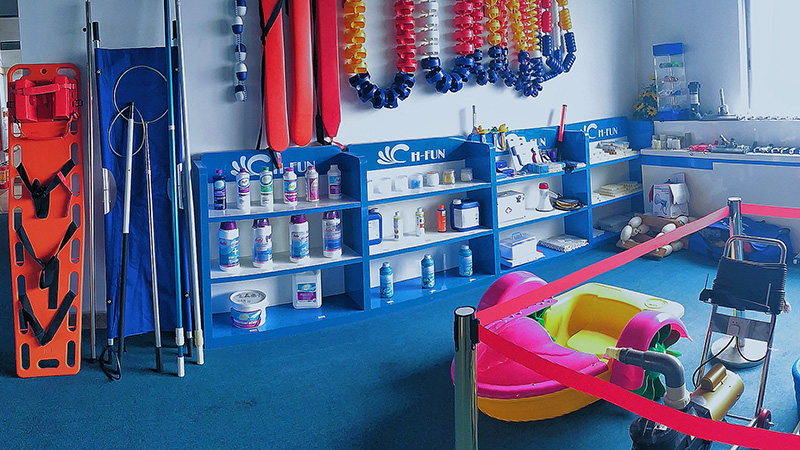China Customs Duty Calculation: A Comprehensive Guide from Basics to Practice
As trade between China and countries like Russia and Central Asia continues to grow, China customs duty calculation has become a critical concern for cross-border logistics companies and individual shippers. This article provides an authoritative guide for transporting goods from China to Russia, Belarus, and other regions, covering policy frameworks, calculation methods, and route optimization strategies. Our goal is to help users reduce logistics costs and improve compliance efficiency.

1. Key Components of China Customs Duties & Policy Analysis
1.1 Core Elements of Duty Calculation
China customs duties are calculated under the Customs Tariff Regulations of the People’s Republic of China. Key factors include:
-
Commodity Classification: Determined by the Harmonized System (HS Code), which directly affects tax rates. For example, machinery parts (Chapter 84-85) often face higher tariffs than textiles.
-
Dutiable Value: Based on transaction value, including freight and insurance costs.
-
Rules of Origin: Preferential tariffs under agreements like the China-Eurasian Economic Union FTA require valid certificates of origin.
For shipping goods from China to Russia, electronics (HS Code 85) may incur a 3%-15% duty in 2025, depending on product specifications. For updated HS Code lists.
1.2 Latest Policy Updates
-
Russia’s Tariff Adjustments: Starting January 2025, Russia raised its minimum duty threshold from 775 RUB to 1,067 RUB, significantly impacting high-value goods like electronics.
-
Central Asia Railway Benefits: Regular freight trains (e.g., Wuhan-Tashkent) reduce transit time to 10 days, minimizing storage fees during customs clearance. Learn more about route options at Dear Railway Transport Services.
2. Step-by-Step Duty Calculation & Common Pitfalls
2.1 Four Steps to Calculate Duties
-
Identify HS Code: Smartwatches shipped to Belarus, for instance, fall under HS 8517.62 (7% duty).
-
Declare Dutiable Value: Ensure invoices and contracts align with customs requirements to avoid disputes.
-
Apply Tax Rates: Use the lowest applicable rate via trade agreements.
-
Calculate Additional Taxes: VAT (13%) and excise taxes (for alcohol, cosmetics, etc.).
Case Study:
A shipment of auto parts (HS 8708.99) worth ¥200,000 to Russia:
-
Duty: ¥200,000 × 12% = ¥24,000
-
VAT: (¥200,000 + ¥24,000) × 13% = ¥29,120
-
Total: ¥53,120
2.2 Avoiding Costly Mistakes
-
Undervaluation Risks: Misdeclaring values may lead to penalties. For compliant valuation methods.
-
HS Code Errors: Misclassifying "household ACs" (HS 8415) as "industrial cooling systems" (HS 8418) can cause a 10%+ rate difference.
3. Optimizing Duties via China-Russia/Central Asia Routes
3.1 Comparing Major Routes
| Route | Transit Time | Duty Savings | Ideal for |
|---|---|---|---|
| China-Europe Railway | 12-15 days | High | Bulk industrial goods |
| Sea Freight (St. Petersburg) | 30-40 days | Moderate | Low-value commodities |
| Air Freight (Moscow) | 3-5 days | Low | Urgent high-value items |
Source: China Customs official data
3.2 Cost-Saving Strategies
-
Leverage Land Transport Agreements: The China-Kyrgyzstan-Uzbekistan railway offers 5%-10% duty reductions for eligible goods.
-
Batch Shipping: Consolidate shipments via high-capacity routes like the Wuhan-Almaty railway (7,500 tons/month) to lower per-unit costs. For tailored solutions.
4. Duty Exemptions & Compliance Best Practices
4.1 How to Claim Tariff Reductions
-
Free Trade Agreements (FTAs): Over 80% of goods under the China-EAEU FTA qualify for discounts with valid Certificates of Origin.
-
Temporary Exemptions: Agricultural imports from Belt and Road countries may enjoy phased duty waivers until 2026.
4.2 Tools for Efficient Compliance
-
Real-Time Tariff Trackers: Subscribe to updates on Russia’s 2025 duty hikes for radios (up to 30,000 RUB/shipment).
5. Future Trends & Actionable Insights
5.1 Policy Outlook
-
Digital Clearance Expansion: China’s "Single Window" system cuts clearance time to <24 hours for shipments from China.
-
Cross-Border Cooperation: Proposed China-Russia mutual recognition may enable single declarations at Manzhouli口岸.
5.2 Pro Tips for Shippers
-
Pre-Classify Goods: Use free resources like the China Customs HS Code Database.
-
Partner with Experts: Work with logistics providers specializing in China-Belarus freight routes.
-
Monitor Regulatory Changes: Bookmark the China Customs News Portal for timely updates.
Conclusion
Mastering China customs duty calculation is essential for balancing costs and compliance in cross-border trade. With expanding rail networks like the China-Europe Railway, shipping from China to Eurasia is faster and more cost-effective. Businesses should strategically align with policies to maximize efficiency. Contact our team for personalized logistics planning and real-time duty estimates.


